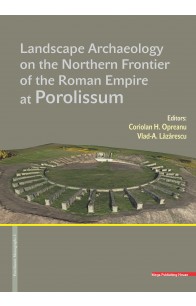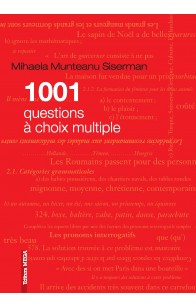Rezultate căutare pentru 'Ioan Oprea'
„The frontiers of the Roman Empire, over 5000 km long, stretch from the Atlantic coast of Scotland, along the Rhine and the Danube, also enclose the Banat region and Transylvania, then going down along the Oriental Carpathians to the Black Sea; from the southern coast of the Black Sea they continue towards the Near East until the Red Sea; then, in North Africa, they line the edge of the Sahara desert until the Atlantic coast of Morocco. Over this entire area, visible traces of fortifications, roads and settlements are still preserved, but numerous monuments still lay hidden underneath the earth. Despite the fact that the Roman frontiers crossed regions with different relief and climate, they constitute a whole in that they were designed to protect Roman territories. The research of these monuments and the preservation policy regarding them was and is unequal in the various presentday states on whose territory traces of the Roman frontier are to be found. Consequently, in the ‘80s of the 20th century, the idea of globally protecting the Roman frontiers, viewed as a unitary monument, was met. In 1987, Hadrian’s Wall in United Kingdom was declared a UNESCO monument. It was followed in 2005 by the German-Raetian sector, on which occasion the UNESCO committee decided to set up the ‘Frontiers of the Roman Empire’ site. (...)
This project through its complexity generated an interdisciplinary approach of the proposed subject stimulating such future attempts in the archaeological research field. By using the latest technical methods of non-destructive investigation the project did not damage the stratigraphy of the archaeological site obtaining instead a high amount of data otherwise time consuming judging from the archaeological excavations perspective contributing also to the preservation of the cultural heritage.” - Introduction
"Mihaela Munteanu Siserman, maître de conférences à la Faculté des Lettres de Baia Mare, partie intégrante de l’Université Technique de Cluj-Napoca, depuis 2020 habilitée à diriger des thèses de doctorat en linguistique, est un esprit curieux, qui poursuit sans cesse de nouvelles découvertes, étant entièrement consacrée au travail dur et, en même temps fructueux, dans le domaine des sciences du langage.
Ayant fini ses études universitaires à la Faculté des Lettres de Baia Mare, la spécialisation langue et littérature roumaines – langue et littérature françaises, l’auteure continue sa formation par des études en master en linguistique générale à l’Université « Babeş-Bolyai » de Cluj-Napoca (1998). (...)
Le livre unit l’analyse et la synthèse des problèmes grammaticaux et s’évertue à éclairer de multiples facettes de la grammaire française, en laissant des traces sur l’âme et l’esprit des lecteurs et mettant en évidence la dynamique créatrice de la langue." (lect. univ. dr. Ioana Bud)






